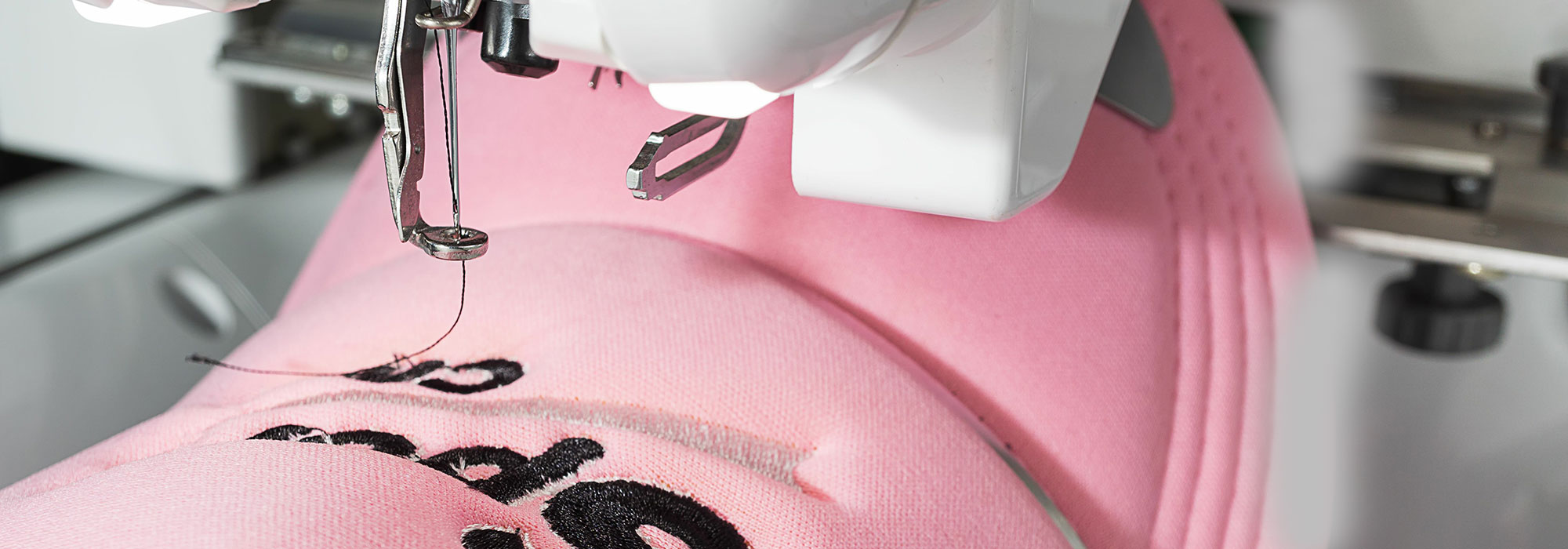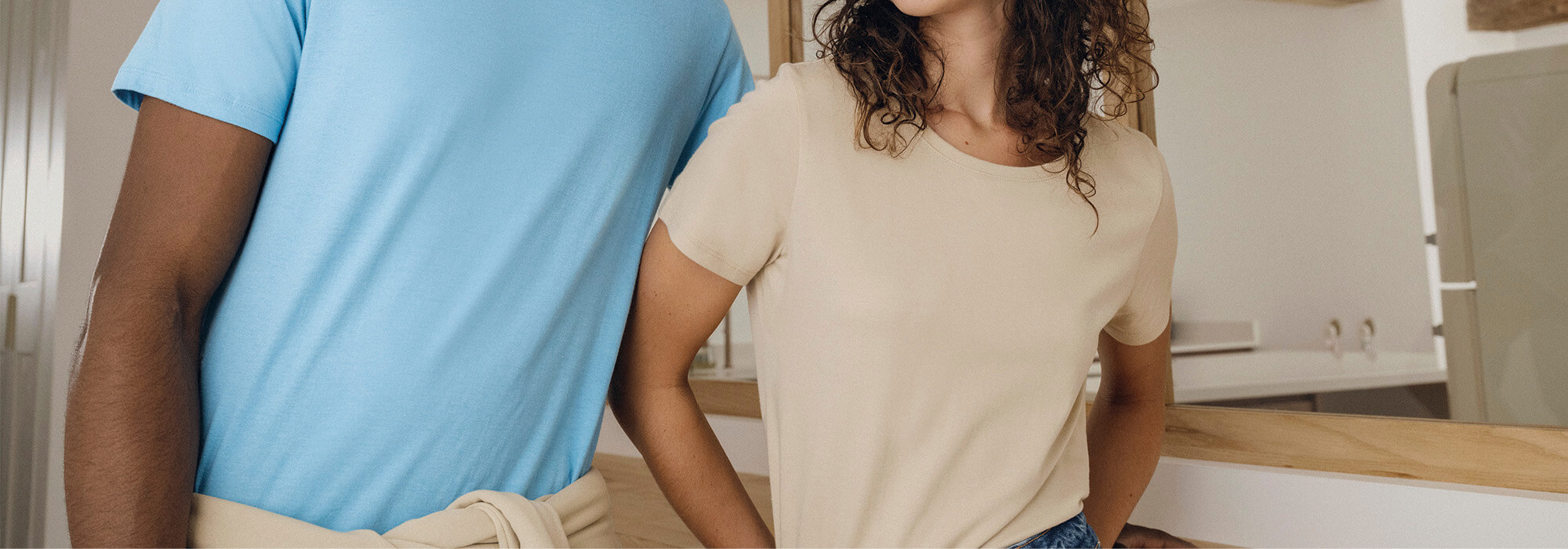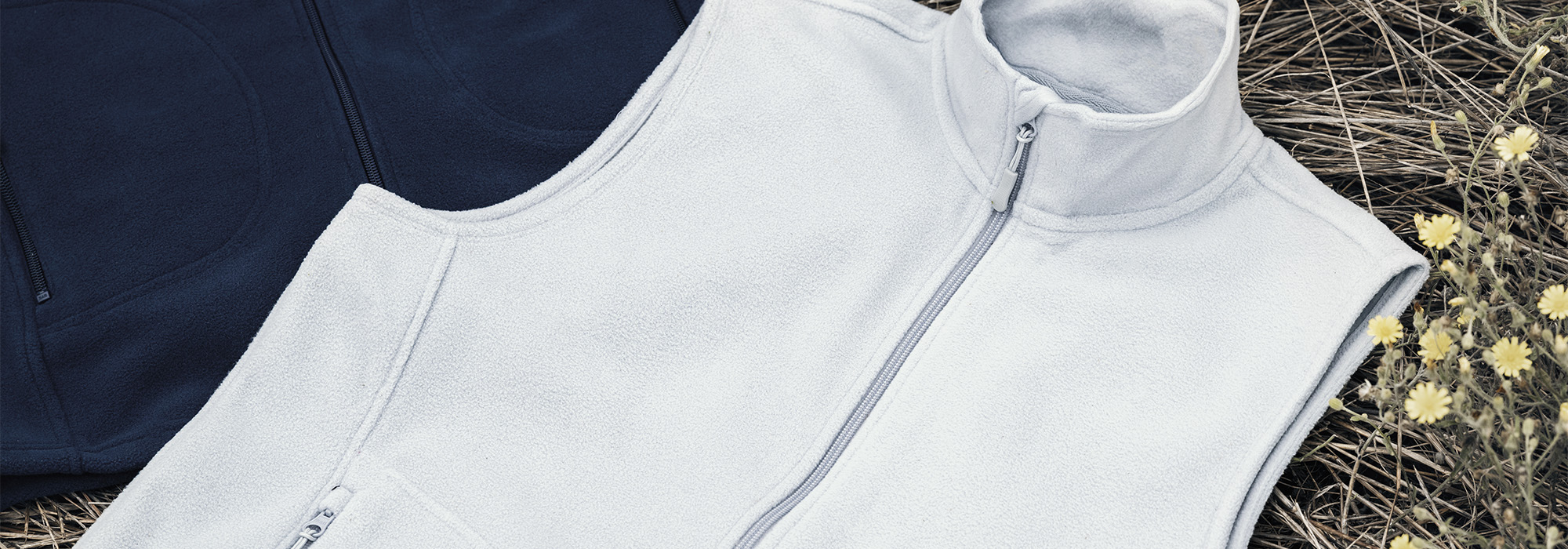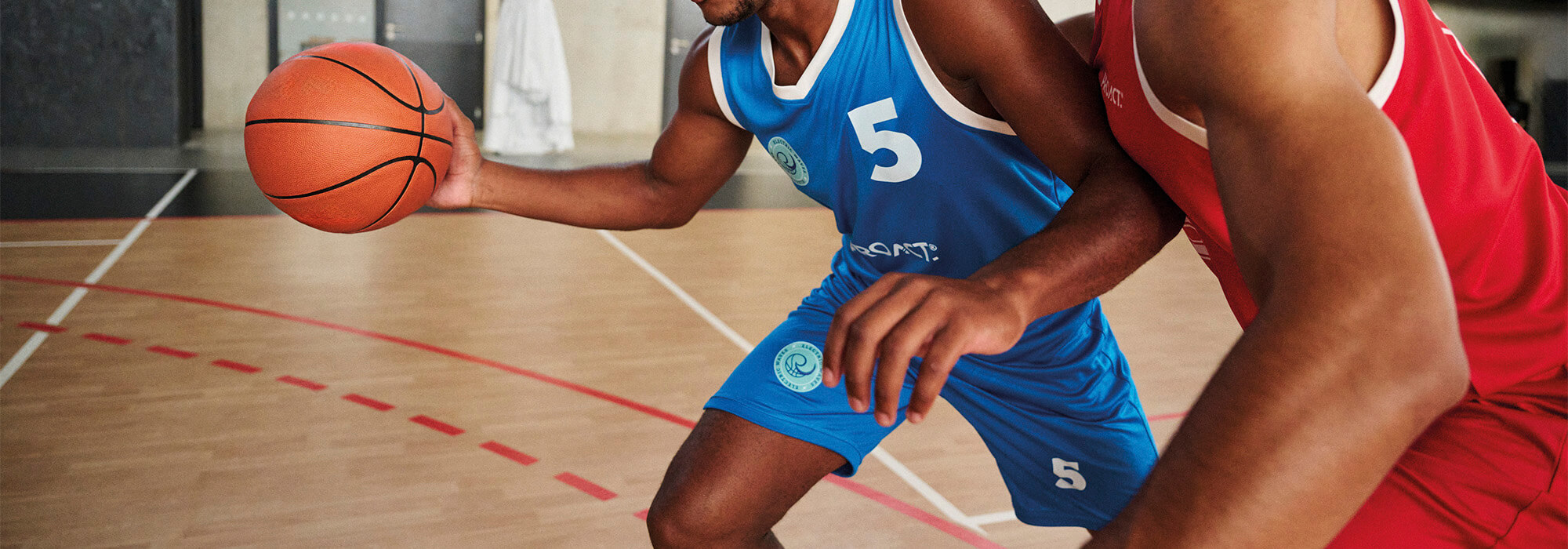Let’s take a closer look at embroidery, the oldest and still the finest of textile decoration techniques.
An age-old art form practised in many countries, the first known pieces of embroidery are Egyptian. But embroidery is probably even older than that!
One thing is certain, this truly artistic technique hassurvived for centuries and will always be renowned for its prestige, durability and sophisticated finish.
(Re)discover the history of embroidery, its advantages, the details you need to be aware of before using this technique, and examples of suitable items… plus all our tips for successful embroidered garments and accessories.
Embroidery, history and explanations
Embroidery is a meticulous process that entails decorating fabric with coloured threads using a needle. In the past, it was a sign of wealth and social status, reserved for the elite. In fact, it was mainly used to decorate ceremonial garments worn by the nobility and high-ranking religious dignitaries.
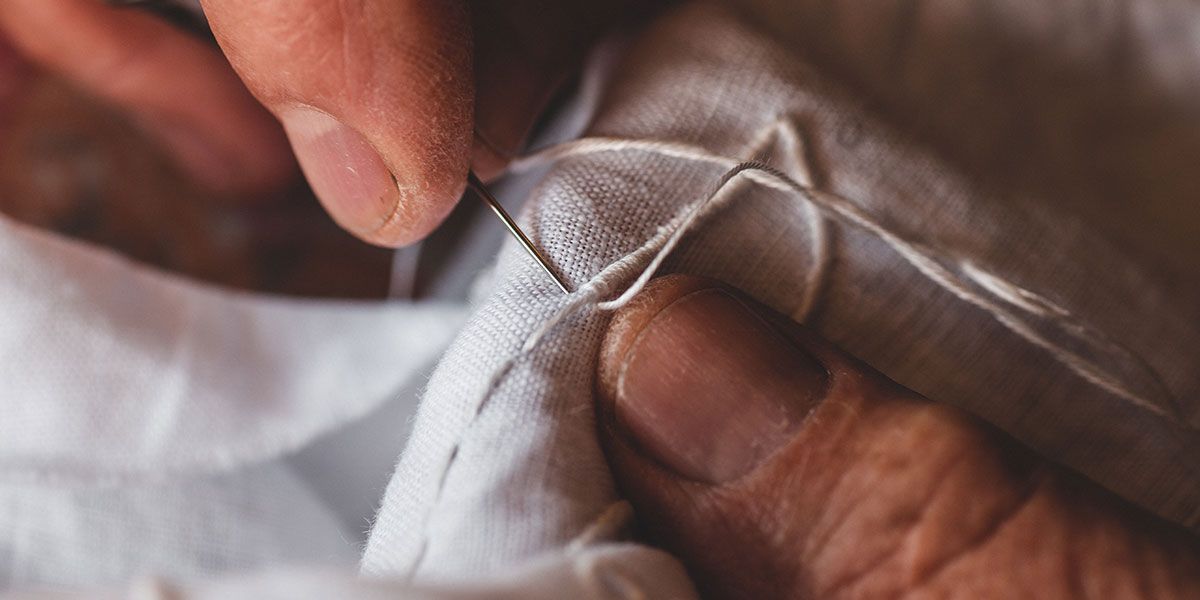
Over the years, techniques and designs have evolved, styles have appeared and embroidery has become increasingly popular.
First and foremost, one of the major turning points in the history of embroidery was the invention of the sewing machine in 1825. From then on, embroidery was no longer just a manual activity! And with the advent of mechanical processes, embroiderers were able to increase their creative capacity and demand exploded: embroidery now had a place in every part of the textile and fashion industry.
This is hardly surprising, since it offers a host of possibilities for textile customisation, while also being particularly hard-wearing.
According to the marking professionals who use it, the range of thread colours can be as many as 400 different colourways! Embroidered motifs are permanently embedded in the fabric, and the relief that is so unique and distinctive to embroidery provides that refined, high-quality look.
In short, embroidery is a valuable textile art form that is now accessible to everyone.
Why embroider on textiles?
For its unique texture
Embroidered threads give designs a natural relief, which is particularly popular in the textile world. Iridescent threads add a sheen of light to designs, helping get the refined look you want when you use embroidery. Embroidery is THE technique for unbeatable high-end results.
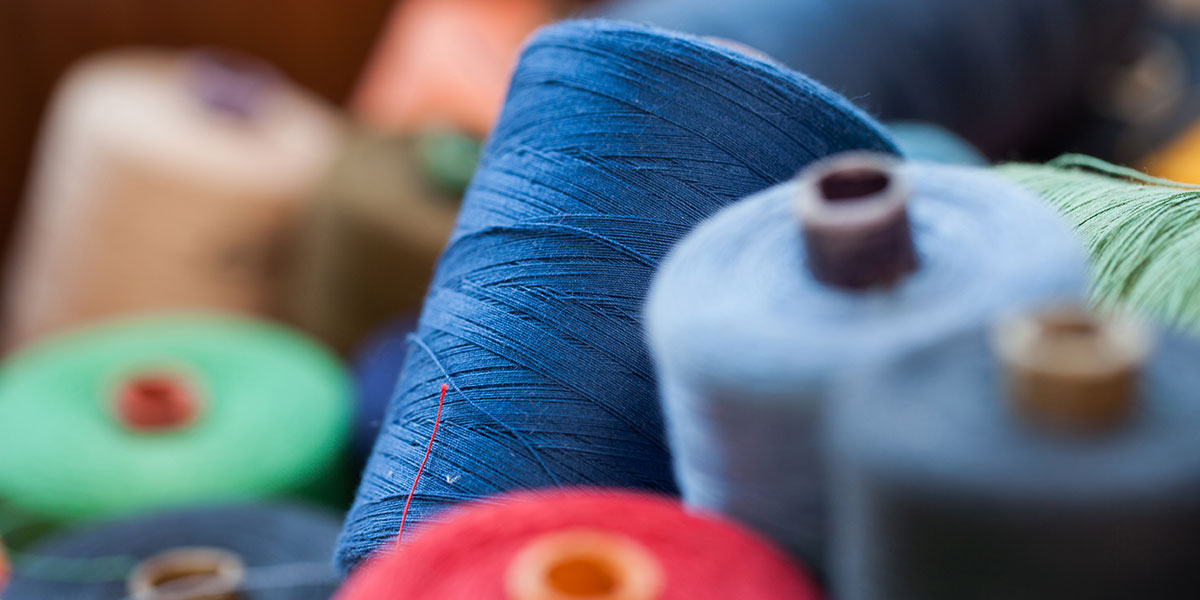
For its unrelenting toughness
The fact that the pattern is sewn into the textile, embedding it deeply, makes it extremely resistant. The fabric and threads become one and the customisation is more likely to stand the test of time, including after high-temperature washing.
For its incredible colour rendering
In addition to the range of colourways available, which can be very broad depending on the textile branding professional, embroidered threads offer excellent colourreproduction. Faithfully represented shades, bright nuances, reflections and subtle combinations; embroidery is more than just a marking technique, it’s an art!
For an ultra-sophisticated look
With all these advantages, there’s no doubt that embroidery is the technique of choice when it comes to customising professional clothing, particularly in the world of personal services. At TopTex, our Hospitality ranges group together professions in which image and appearance are particularly important.
Bartender, sommelier, pharmacy assistant, florist, delicatessen sales assistant, flight attendant, to name but a few.
All these professionals have one thing in common: they want to be impeccably dressedfor their customers, as a sign of professionalism and to convey trust.
Items that lend themselves particularly well to embroidery
A wide range of clothes
Embroidery can be done on almost any type of relatively thick garment (we’ll come back to this later): polo shirts, sweatshirts, shirts, skirts, trousers, parkas, etc.
From chefs and delivery drivers to mechanics, landscapers and logistics managers, many companies require “uniforms”, or at least regulation clothing. Embroidering them with first names, for example, and/or a logo, is an excellent way to keep your teams happy while enhancing your brand’s image.
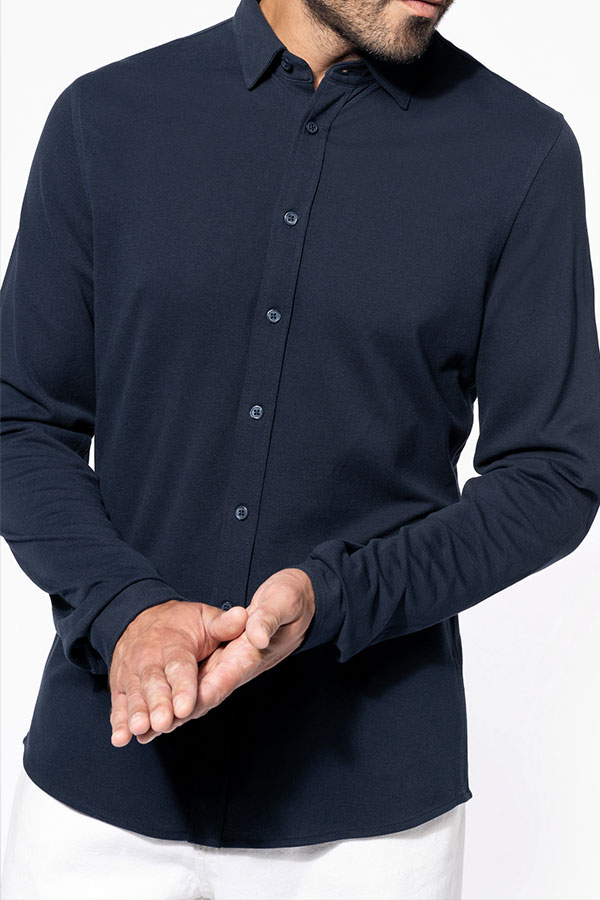
K508
Kariban long sleeve pique knit shirt

NS227
Men's Terry Towel Native Spirit polo shirt
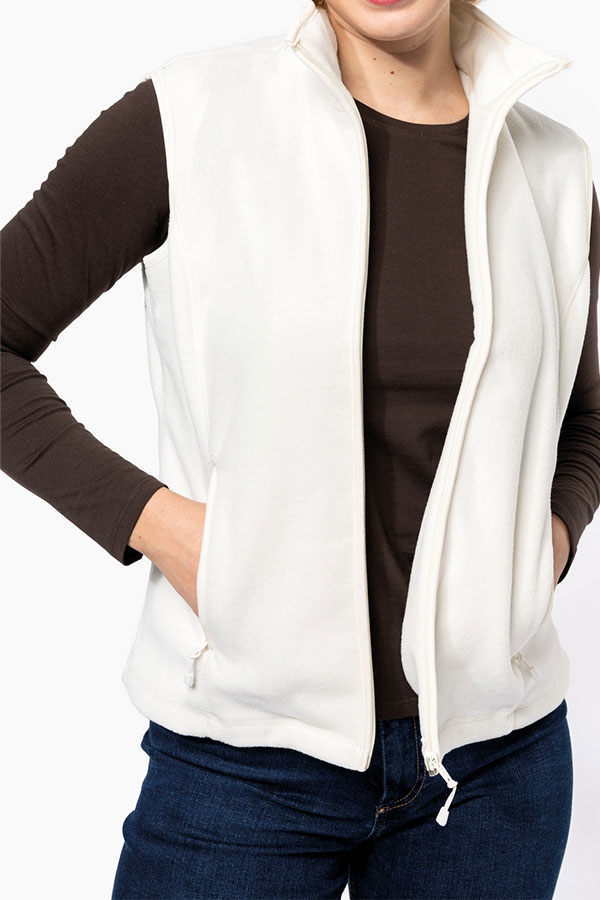
K906
Mélodie ladies' microfleece vest
A wide range of accessories
Accessories such as caps, beanies, towels and bathrobes lend themselves particularly well to embroidery. Personalised with a first name or initials, these can be used to create unique products, for example, for original, high-impact end of year gifts.
And even luggage
For a sales team, key partners in a company, or to make a loved one smile, you can also have items of luggage embroidered.
The designs can be anything from logos, badges or family names embroidered on a bag for sports club members, a backpack, a carry-on suitcase, a laptop bag, a tool bag, a premium tote bag… in short, there’s no lack of ideas!

KP195
K-Up cap - 5 panels
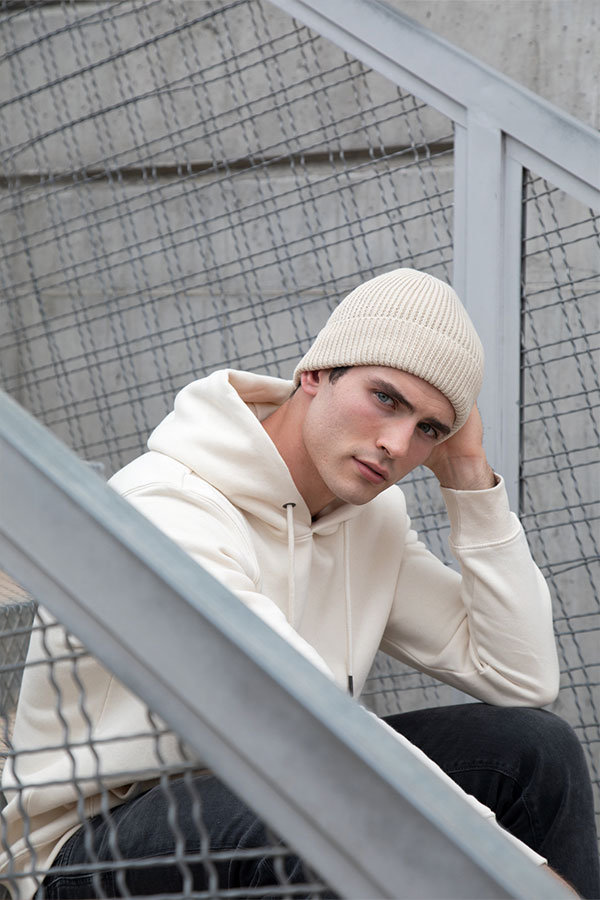
KP950
K-Up ribbed beanie with turn-up
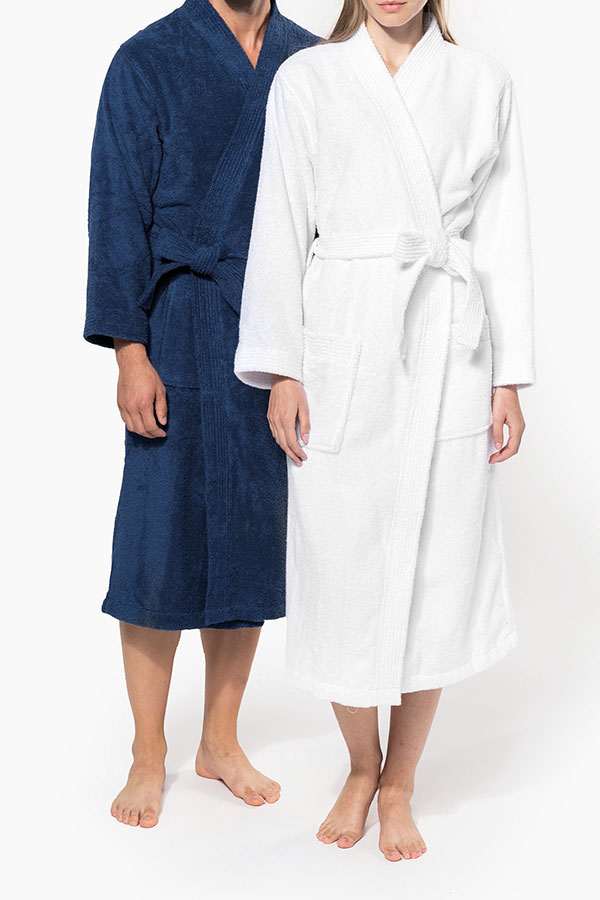
K115
Kariban kimono neck bathrobe

KI5402
K-loop Kimood laptop bag
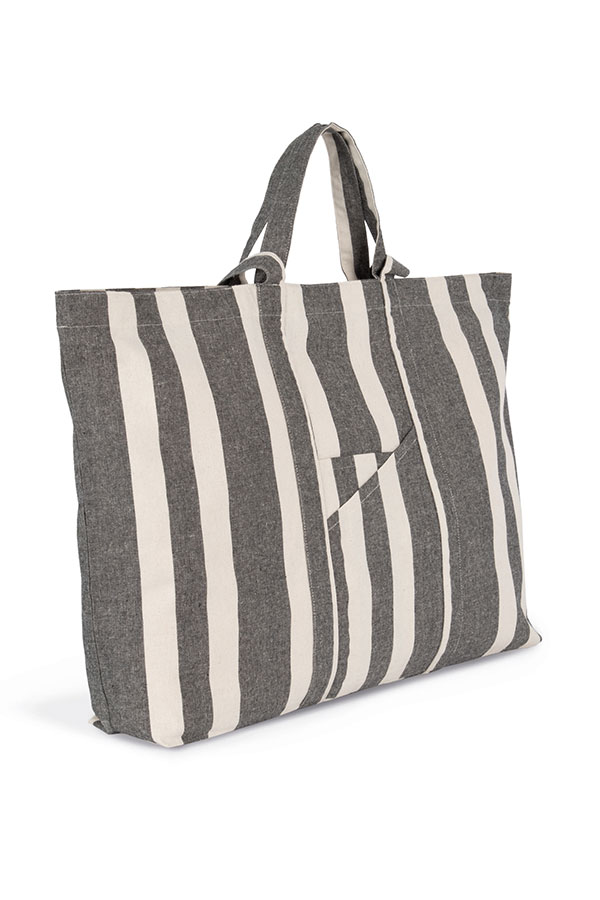
KI5214
Recycled hold-all bag - Kimood striped pattern
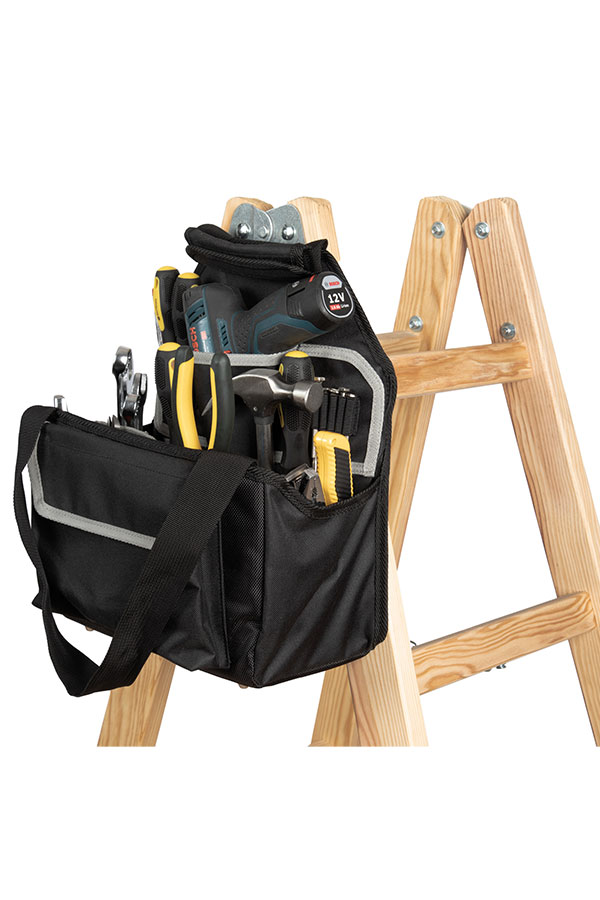
WKI0301
Tool bag suitable for portable ladders - WK. Designed To Work
What you need to know before choosing embroidery
Check fabric thickness and properties
Embroidery is a customisation technique that requires the use of needles that will inevitably pierce the fabric.
It is best kept for thicker fabrics, with a weight of at least 180 g/m², rather than soft or stretchy fabrics.
Another point to bear in mind is that if the fabrics have special technical characteristics (waterproofing or impermeability, for example), the feasibility of the project needs to be carefully considered before taking the plunge. Alternatively, choose the right location for the marking on the garment to make sure perforation does not alter its properties.
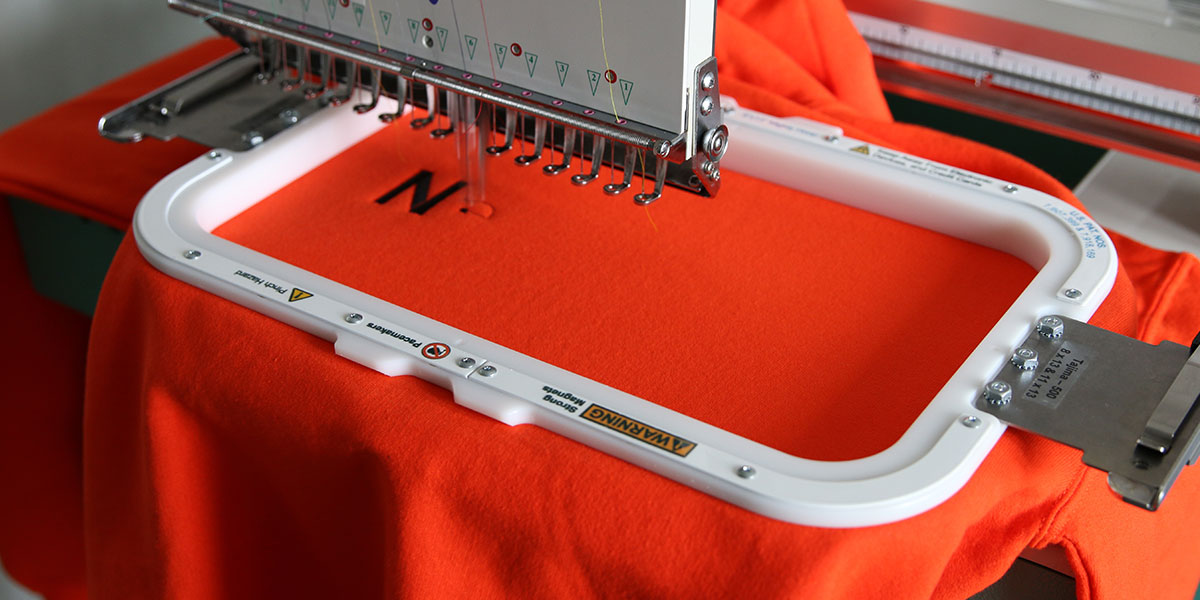
Avoid visuals that are too complex, highly coloured or full of detail
Very fine writing, a lot of detail or tight lines are not compatible with embroidery. The same goes for complex gradations and visuals that include more than a dozen colours. So, for a really clean finish, the design to be embroidered will be crucial.
Work out the cost, which varies according to details and quantities
More complex than other marking techniques, embroidery can require a significant budget. And, of course, the more details and colours there are, and therefore the greater number of yarns, the more expensive it will be.
That said, embroidery is THE most durable marking technique. Despite being more expensive, it is unbeatable in the long run, offering a solid, refined result that is pleasant to the touch.
The different types of embroidery
One of the great advantages of embroidery is that it gives free rein to your creativity. From the choice of piece to embroider, to the text or design, it also allows you to play with texture, reflections and more. Let’s look at some different embroidery techniques!
- Most of the first names and logos embroidered on the jackets of hospitality professionals, for example, were created using a classic embroidery technique, i.e. using a machine and a “simple” thread.
- On caps, on the other hand, 3D embroidery is regularly used: a piece of foam, cut to the shape of the motif, is placed between the backing and the thread. This provides extra thickness and makes the logos stand out more. This embroidery technique is particularly popular in the ready-to-wear sector.
- To give volume and a fluffy effect, loop embroidery is perfect. A thick thread is firstly embroidered onto a felt backing, which is then sewn onto the textile to be customised. This process creates volume, and the famous, original, slightly retro sheepskin effect. Note that loop embroidery is compatible with thick textiles (heavy sweatshirts, for example) and for simple designs, without details or fine writing.
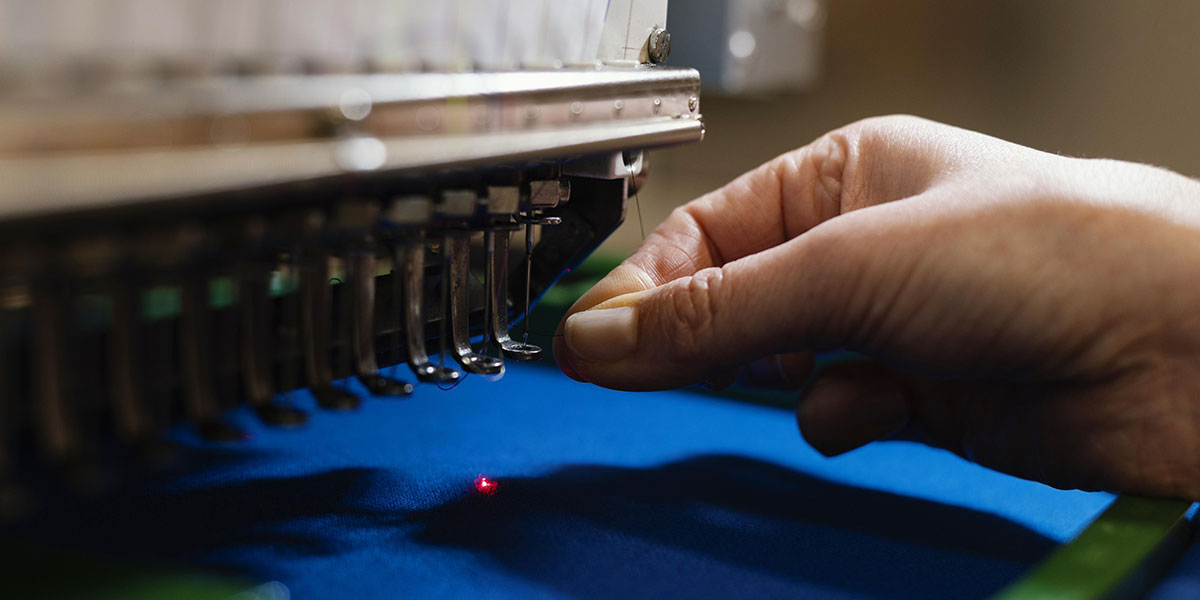
In addition to these popular techniques in the world of textile marking, there are 1,001 ways to stand out from the crowd with embroidery: ribbon, gold thread, pearls… in short, you get the idea, embroidery fosters extremely original and sophisticated customisation.
Things to remember
The benefits of embroidery
-
the most durable marking technique: extremely resistant to high-temperature washing
-
gives an unrivalled premium and sophisticated look
-
provides excellent colour rendering
-
offers a wide range of relief, texture and reflection possibilities
Good to know
-
to be avoided on technical, very fine or soft fabrics
-
not suitable for designs with fine, close lines or complex gradations
-
a precise technique that can involve slightly higher costs than other textile customisation processes
Browse the TopTex catalogue and be inspired to offer embroidered clothing and accessories to your customers:



